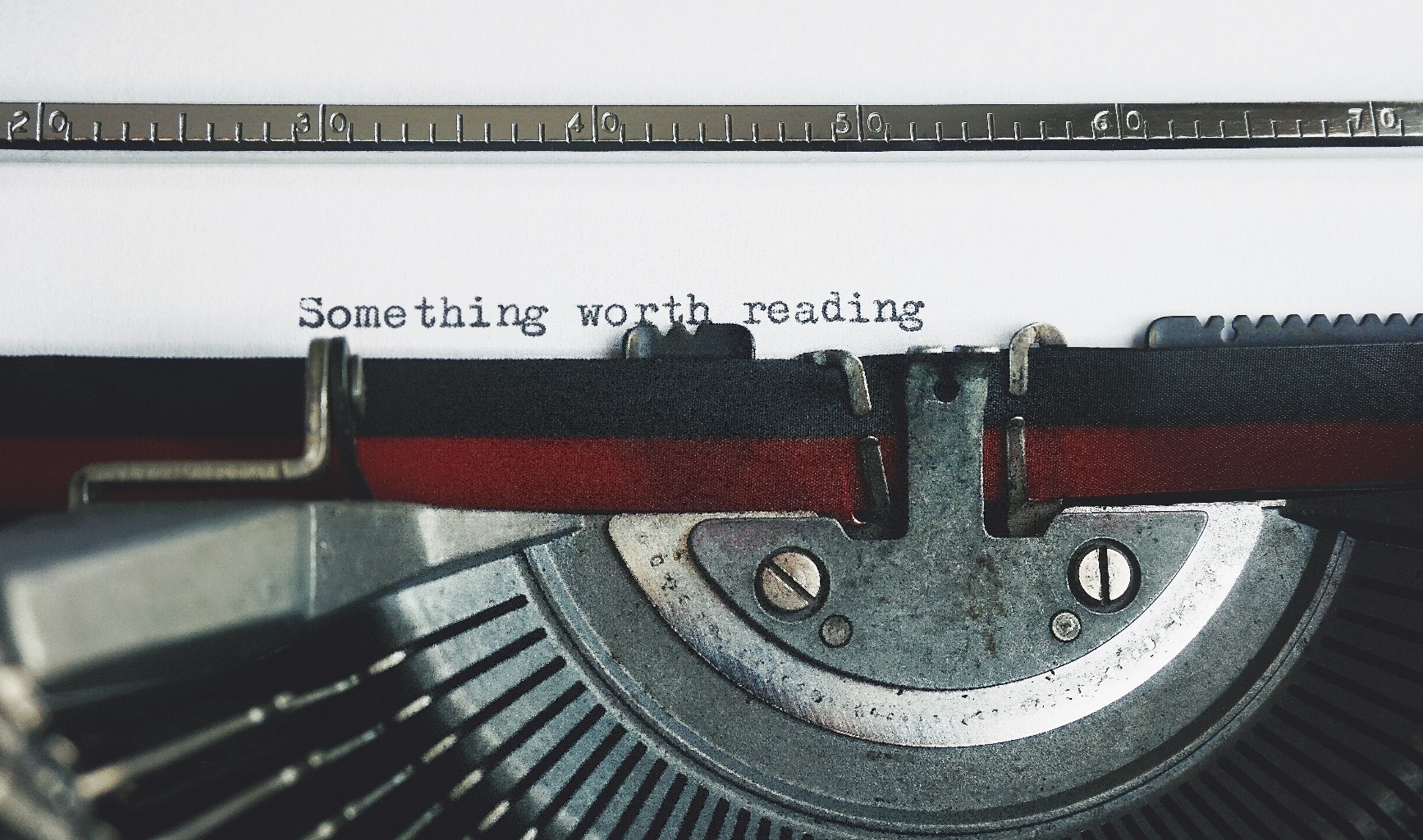
In my many years as a freelance editor (and four as a literary scout for film and TV), I have noticed a distinct pattern of common issues across all the manuscripts I have read. Some of those problems include underdeveloped characters, a lack of plot, telling vs. showing, and incredibly long paragraphs. But the one I run into most is with the book’s pacing. Most often, the pacing is too slow in the beginning and fails to catch a reader’s interest.
As a writer, it is crucial that you hook the reader from the first page and don’t let go. Every book has a timeline, and the pacing is your control over how that timeline is presented. A good pace will help you to keep those readers’ pages turning. From my experience as a writer and freelance editor, I have picked up many tips and tricks along the way that will help you to achieve the perfect pace for your novel.
Here are seven tools to help keep your story moving at a good pace.

1) Action
Action scenes are one of the most obvious ways to get the pace of your book moving. These scenes are all “show” with very little “tell” and will help to engage your audience. Examples of action scenes include fight scenes, car chases, and daring escapes. These scenes are generally written in shorter sentences that will keep the writing feeling punchy and exciting.
When you write your action scenes, remember to limit your protagonist’s thoughts—it will help to keep your reader in the moment. For the same reason, you should avoid lengthy descriptions of the setting. Really try to put yourself in the action and report back on everything that happens, moment to moment.
If you’re having trouble infusing action into your story, you can check out these novels.

2) Dialogue
In my very first “TV Shows You Can Study to Improve Your Writing” blog post, I pointed out that the show Gilmore Girls does an excellent job in its pilot episode of using dialogue to flesh out its world and relationships between the characters without bogging things down with exposition. Nothing drags the pace of a story down like page after page of boring exposition.
In your story, you can utilize dialogue to help you skip over all that pesky exposition. If there’s some facet of your world you need to explain, have two of your characters strike up a conversation about it. Of course, you need to be careful that those characters don’t end up just spouting straight exposition—make the dialogue natural. A good way to check if you are achieving this is to read the words out loud. Another way to avoid making your dialogue sound too expository is to have one of your characters be new to the world of your story. That way an outsider’s questions and curiosities will seem perfectly organic.
Click here for some tips on how to improve your dialogue.

3) Turning Inward
Remember what I said about keeping your protagonist’s thoughts limited during action scenes? Well once you hit a pause in the action, that is the perfect time to check in with your character and see what they’re thinking. These moments can be just as exciting for the reader as the action if they’re used sparingly. How much introspection you use also depends on the genre you’re writing—mysteries and thrillers tend to be all about the action, while romances and character-driven novels tend to spend much more time looking inward.
No matter what genre you’re writing, it’s important to remember to use introspection at certain points to develop your characters. After all, the reader’s not going to care about your story at all if they don’t have a relatable protagonist to root for.
Striking a balance between action and introspection is an important part of pacing, and one we will discuss more a bit later.

4) Short Chapters and Scenes
I don’t know how many manuscripts I’ve read where I kept waiting for a chapter to end. Likewise, I would frown as a scene dragged on and on with no end in sight. You may think where you end your chapters is arbitrary, but readers respond deeply to the division of a book into chapters. Short chapters are easier for readers to digest and convince them they can read just one more before going to sleep.
Shorter chapters and scenes mean that a reader is able to make it through the book more quickly. They will also keep you, the writer, from attempting to build something too complex or convoluted within one scene or chapter.
Remember that most readers prefer bite-sized bits at a time rather than something long and rambling. It's always comforting to be able to look a few pages ahead and see the conclusion of a chapter isn't too far away. It will make the reader more excited to read on.

5) Varying the Lengths of Your Sentences
Odds are that when you were in school—especially if you were an English major in college—you got assigned to read a ton of books full of looong sentences. While several classic authors manage to make this style work, one long sentence after another is likely to bore your readers to tears.
As a solution to this problem, you might feel tempted to write in only short, punchy sentences. While, as said, this style is very effective for action scenes, it’s not one you can sustain for an entire novel. A book written in purely short sentences will read as choppy and won’t keep your readers engaged.
To keep your story moving at a good pace, it’s essential to vary the lengths of your sentences between short and long, with some medium ones thrown in as well. Writing is like cooking a meal, where you need a variety of spices to produce the rich flavor you desire.

6) Cliffhangers
A great way to keep readers racing from one page to the next is ending your chapters with cliffhangers. It is believed that this term originated from an installment in the serial A Pair of Blue Eyes by Thomas Hardy (published between September 1872 and July 1873) in which one of the protagonists is left hanging off a cliff. These are exciting endings that leave things unresolved and your readers eager to find out what happens next.
Of course, your cliffhangers don’t have to be as thrilling as a man hanging off a cliff. A mysterious fellow could appear from the shadows, or a character could be revealed to be missing. An effective cliffhanger could even take place at a particularly intriguing point in a conversation.
You don’t need to get too carried away with your cliffhangers—not every chapter needs to end with one. But peppering them throughout the novel will do wonders to up the pace and keep things exciting.

7) Balance
I know a lot of the focus of this post has been speeding up your pacing—and that is the issue more authors struggle with than not. But it is important to maintain a sense of balance with your book’s pace. One thrilling action scene after another may be exciting, but you’re likely to wear your reader out.
While you should try to focus on keeping a brisk pace (particularly in the beginning of your book), you can’t forget to take breathers every so often to focus on character development and introspection. These passages will make your readers feel a greater connection to the story and keep them engaged.
While your novel probably needs more help being faster than slower, you should also remember to include those softer moments that will endear readers to your characters.
I hope these tools will help you to achieve the perfect pace for your story. It’s such a vital piece of the writing puzzle and will help to keep your readers turning those pages right to the end.
Soak Yourself in Fiction
Follow us on Facebook | Instagram | Twitter | Discord